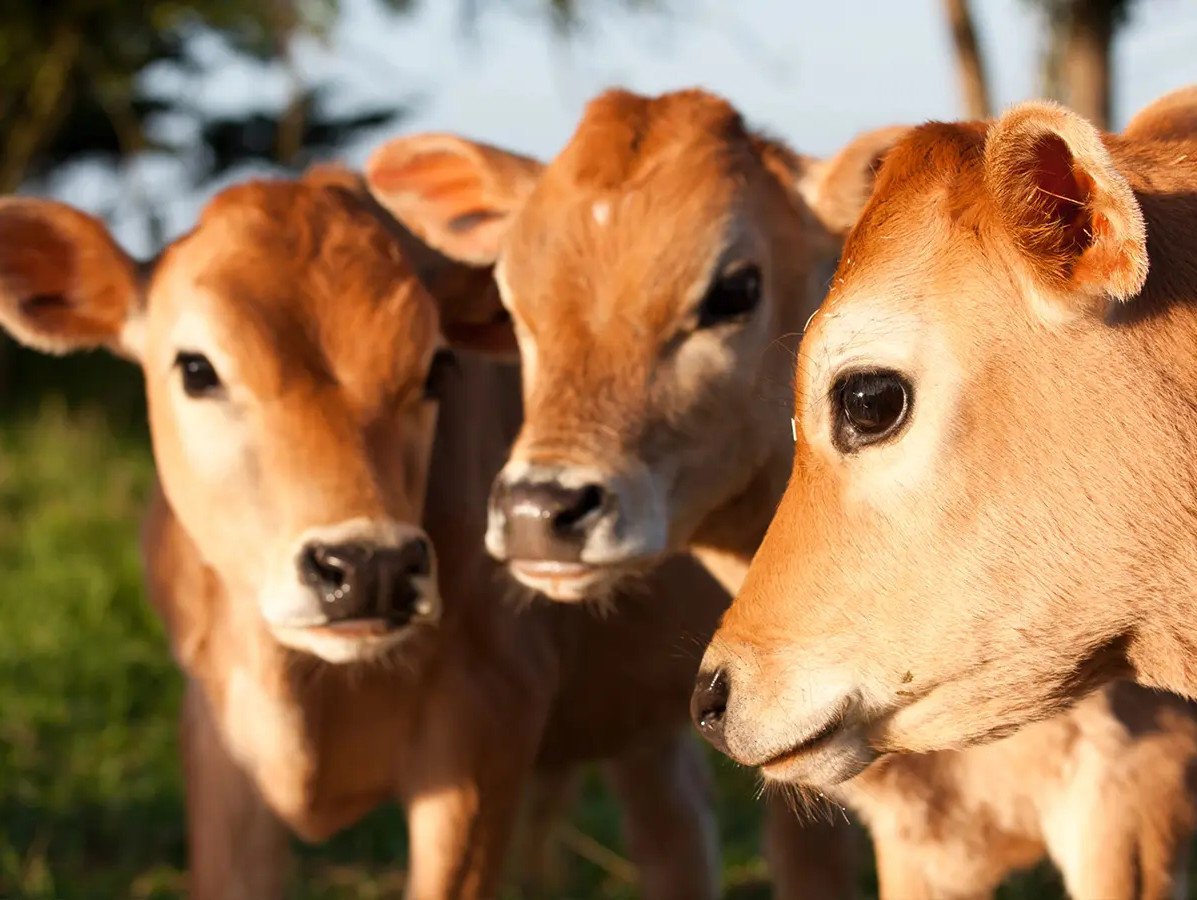
With the expected reduction in the dairy herd across Northwest Europe and stricter animal health regulations, securing sufficient calves is becoming increasingly challenging for the Dutch veal sector. Both calf imports and the number of available calves within the Netherlands are decreasing, leading to fewer veal housing spaces and impacting the entire supply chain. At the same time, this shift could offer opportunities for a healthier veal sector, as fewer calves may be imported from countries with lower health standards.
In 2024, the Netherlands imported 8% fewer calves than the previous year. Approximately 70% of imported calves come from Germany, followed by Ireland, Denmark, Belgium, and Luxembourg. Over recent years, the number of countries supplying calves has continued to decline. Both the veal and dairy sectors in the Netherlands are focused on improving animal health, with specific attention to infections like IBR and BVD. Increasing the health status of livestock is essential, as it helps reduce disease transmission and ensures overall herd health. Countries without an approved eradication program, such as Ireland, may face restrictions on exporting calves to the Netherlands in the future.
Due to the limited availability of calves, market analysts expect the number of veal farms to decline in the coming years, with an increase in the average farm size. Stricter permit requirements and higher welfare standards make expansion challenging for many companies. With the anticipated shortage of calves, competition for available calves is likely to intensify. Veal farmers may turn to long-term contracts with integrators to secure a stable supply of calves.
Source: Rabobank